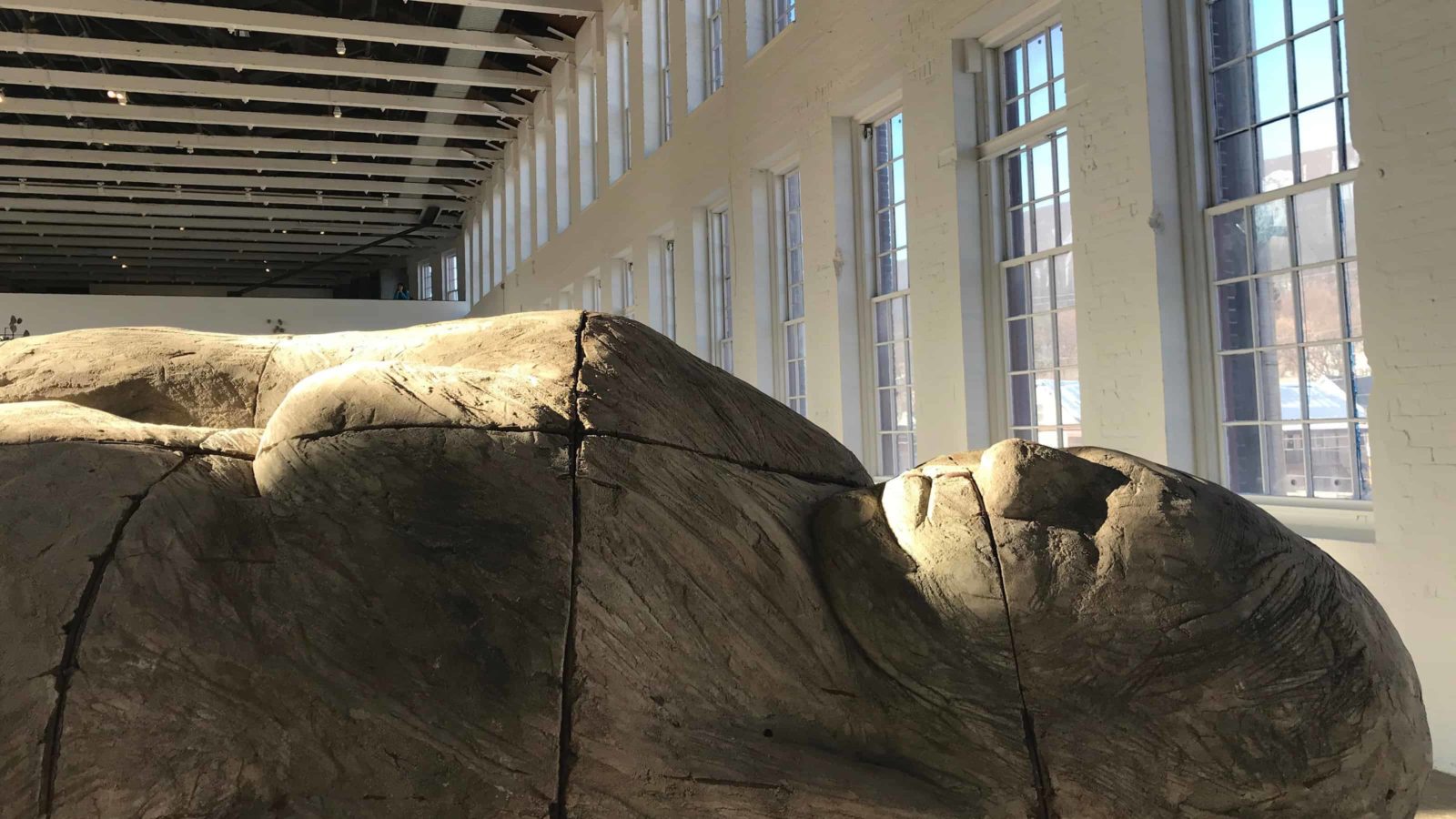Giants are lying on their backs in the sunlight. They look like stone or or driftwood, as though they have lasted through weather and time.

Photo by Kate Abbott
Giants are lying on their backs in the sunlight. They look like stone or or driftwood, as though they have lasted through weather and time.